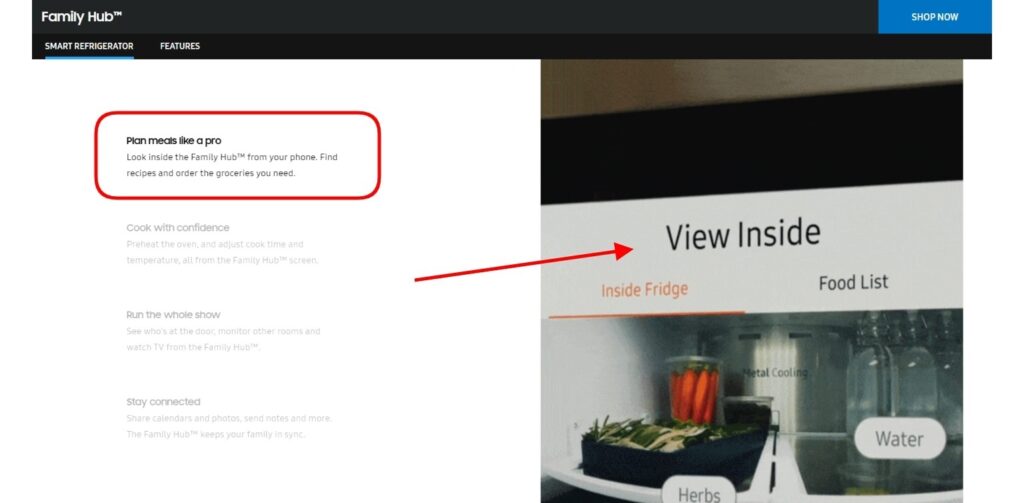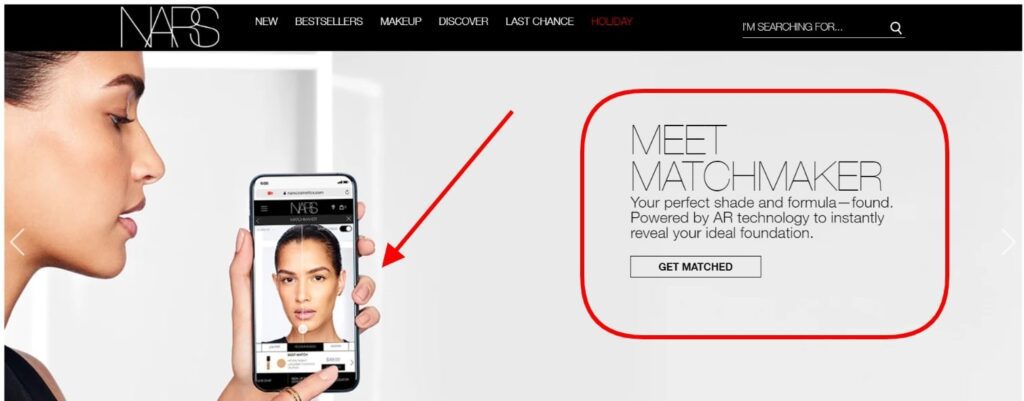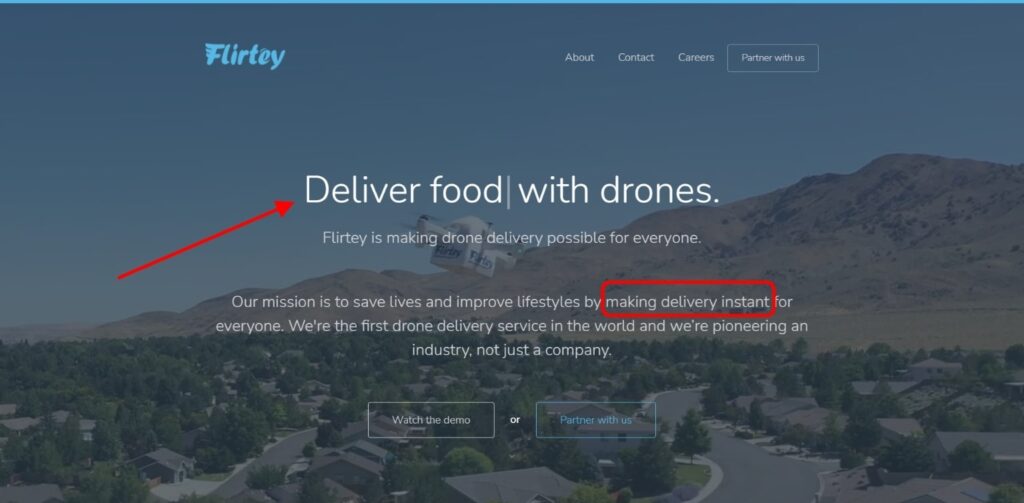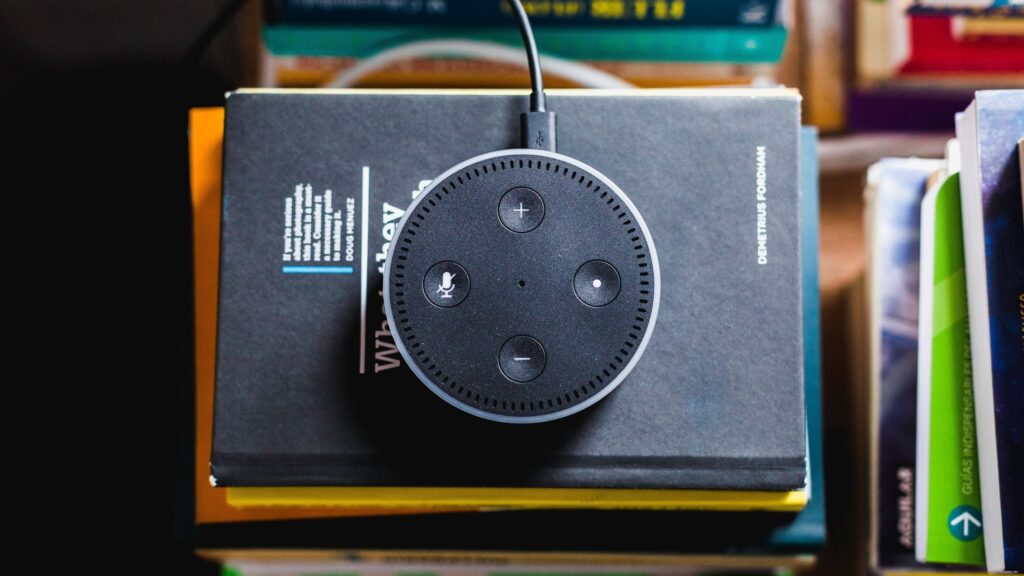The Internet of Things, short for IoT, is taking the world by storm. This advanced technology makes it possible for devices that are linked up to the internet to transmit data to one another. With the sphere of online retail taking a major step forward in general (business owners are investing in site optimization and progressive web application development, adding new advanced technology and features to the store and integrating AI), the capabilities of IoT and its impact on the industry cannot be left unmentioned.
On this page, we’ll introduce you to the future-oriented possibilities of IoT and how they’re already making their way into the field of online sales.
A Short Introduction to IoT
Let’s start by quickly getting to the bottom of what IoT is. In essence, the Internet of Things is a network that’s formed by interconnected devices via WiFi that can communicate with each other. Such responsive artificial intelligence-powered technology allows for the automation of numerous processes and gives the leverage of distant control.
IoT devices can be fitted with sensors, cameras, and other modern perks that equip them with the possibility to perceive information. This way, the revolutionary technology can cope with image recognition and many other tasks.
To give a few examples of what an IoT device is, we can list drones and pilotless flying devices, self-driving vehicles, smart refrigerators, Amazon Echo devices with the Alexa voice assistant, or dash buttons for auto-ordering products. Even the systems that give you the opportunity to remotely switch on the floor heating in your house or the lawn sprinklers with just a tap on your smartphone, say, while you’re away on vacation, can be considered IoT devices. This list can get very extensive.
The best part about IoT is that it continuously gets smarter and more capable. With the potential to optimize every day and work processes and reduce loads of manual work, moving a business in step with IoT makes a lot of sense. In fact, according to Review 42:
“54% of enterprises cite cost saving as the main value driver for IoT projects.”
How Is IoT Used in Online Sales?
There are many ways to use AI, AR-powered technology, and IoT in eCommerce. In this section, we’ll go over the major ones.
1. Automated Retail & Stock Management
Automated shopping, or A-Retail for short, is the first IoT point worth bringing up.
Automation is accelerating our daily lives. As such, you’ve most likely heard that there appear more and more cashier and checkout-free physical grocery stores (such as Amazon Go) or completely automated tiny “nanostores”. They use camera-based technology that allows shoppers to take anything they want in the store and not have to stand in queues to pay for it. As long as you have the app, the complex camera system tracks what you’ve taken from the shelf and sends you a bill after you leave. As a result, we get simple grab-and-go with minimal contact.
There’s a similar trend going on with warehouses that become automated as well as the way stocks and inventories are managed. With automation all over the place, tracking orders and controlling the entire supply chain becomes much more effective and organized.
But how about online sales? IoT has stepped up a notch from just pinging you a notification when you’re out of something. Now, more and more devices, like smart fridges that are equipped with food-recognition functionality, can even automatically order something for you from a store if you’re running out of a product. This completely changes the way we’re used to making our lists of groceries and fulfilling our supplies!
As such, the progressive Family Hub fridge grants the opportunity to see what’s inside your fridge via your smartphone and to auto-order products online. For online store owners, this means open opportunities for long-lasting relationships with customers.

Screenshot taken on the official Samsung website
2. AR Mirrors & Virtual Try-On
Taking digital imaging to a completely new level, augmented-reality-powered mirrors are already used in numerous shops. In essence, the technology allows people to see what a product can look like on them in real-time when looking in a digital mirror.
What’s for online stores, the virtual try-on feature works in a similar way. As such, by plugging up the camera of the used smartphone or device with the store’s site, the user gets the chance to test out the products. For example, this is convenient for niches selling clothing, accessories, and shoes, to name a couple.
Here’s an example of such a feature on the official NARS Cosmetics website called “Matchmaker” to give you a clearer understanding. Because it provides instantly visible results, it becomes easier for the client to make up their mind whether they want the product or not and which shade suits them best without even physically applying it.

3. Drone Delivery
Without any doubt, logistics and actual shipping and product delivery take up a large portion of the costs and time frames. The matter of effective transportation is a roadblock for many eCommerce companies since in many scenarios users crave to have the products that they’ve ordered ASAP.
This is where the drone delivery solution comes in. With proper logistics, planning, and timing, such robots can completely change the way deliveries are carried out. In a while, these IoT devices are predicted to replace a large portion of delivery trucks and vehicles altogether. And the sphere of eCommerce surely won’t stay on the sidelines!
Case in point, a few years back 7 Eleven teamed up with Flirtey, a drone delivery service company, that makes it possible to deliver various goods using drones. Be it medical supplies, mail, or anything else, the packages get taken to the doorstep of the recipient in no time. That’s why many famous chains, including Walmart are already looking in this direction.

Final Thoughts
The major advantage of IoT use in online sales most certainly deals with a high level of automation and personalization. Of course, there are many acute matters that arise with the progression of such technology, including data protection that should be taken very seriously. But at the end of the day, IoT devices will become a more and more common part of the everyday lives of millions of people around the world. This clearly explains the necessity for those who work in the eCom sphere to start moving towards modernization with artificial intelligence, augmented reality, image and voice recognition, and IoT trends taken into consideration.
About the Author
Alex Husar

Alex Husar, Chief Technology Officer at Onilab with 8+ years of experience in developing PWAs, Magento migration, and Salesforce development. He graduated from the Czech Technical University and obtained a bachelor’s degree in Computer Software Engineering. Alex’s expertise includes both full-stack dev skills and a strong ability to provide project-critical guidance to the whole team.




